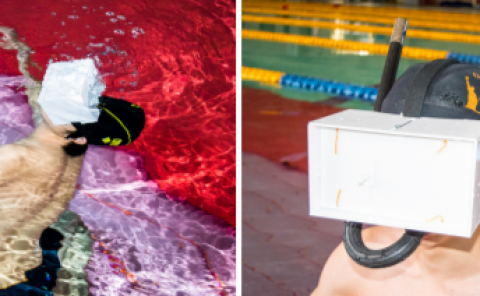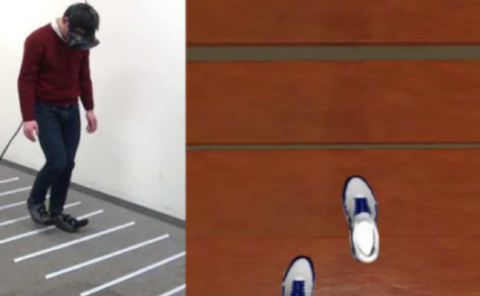Initial Evaluation of Different Types of Virtual Reality Locomotion Towards a Pedestrian Simulator for Urban and Transportation Planning
PubDate: April 2020
Teams: Nuremberg Institute of Technology
Writers: Julian Kreimeier;Daniela Ullmann;Harald Kipke;Timo Götzelmann

Abstract
The simulation of human behaviour in today’s travel demand models is usually based on the assumption of a rational behaviour of its participants. Since travel demand models have been applied in particular for motorized traffic, only little is known about the influence of variables that affect both the choice of trip destination and the route decision in pedestrian and cycling models. In order to create urban spaces that encourage cycling and walking, we propose a VR (Virtual Reality) pedestrian simulator which involves walk-in-place locomotion. Thus, identical conditions are obtained for all subjects which is not feasible in real world field research with naturally varying environmental influences. As a first step, our qualitative and quantitative user study revealed that walking in a VR treadmill felt safest and most intuitive, although walking in it took in return more energy than walking-in-place with VR trackers only.



